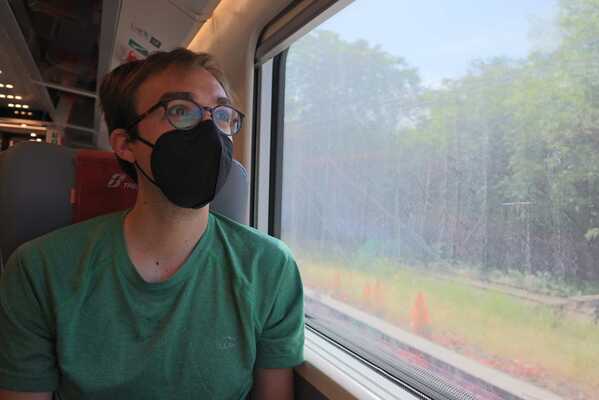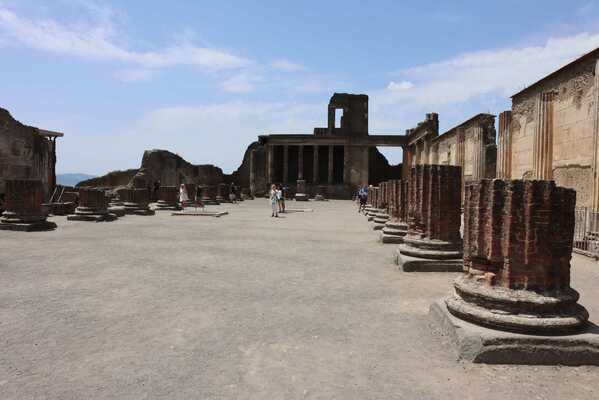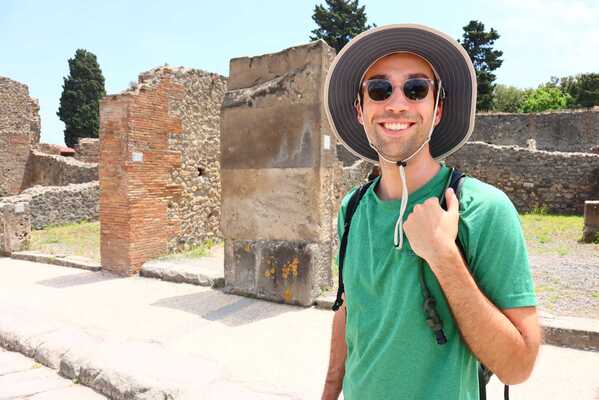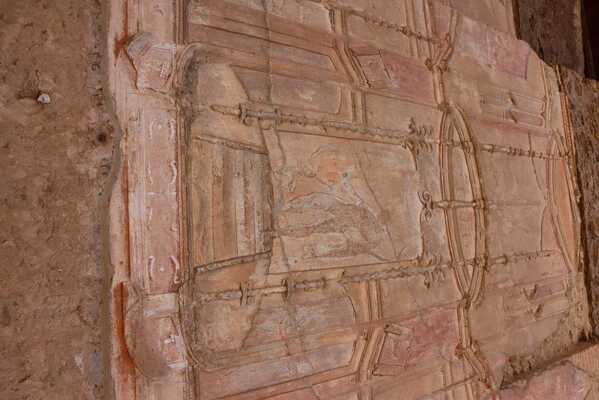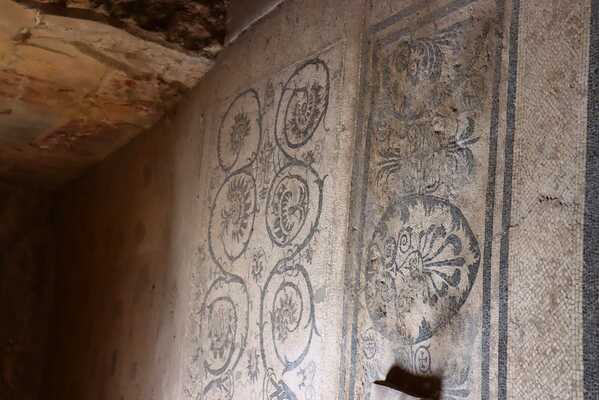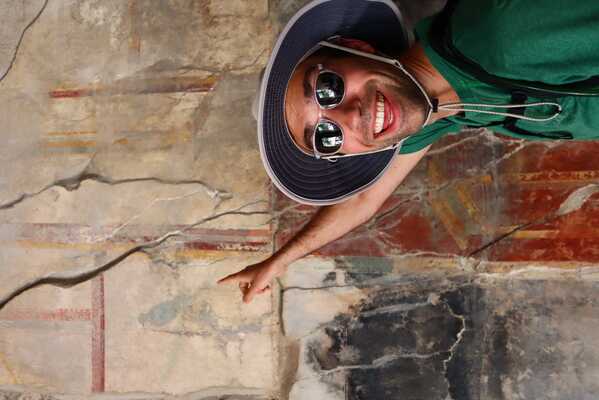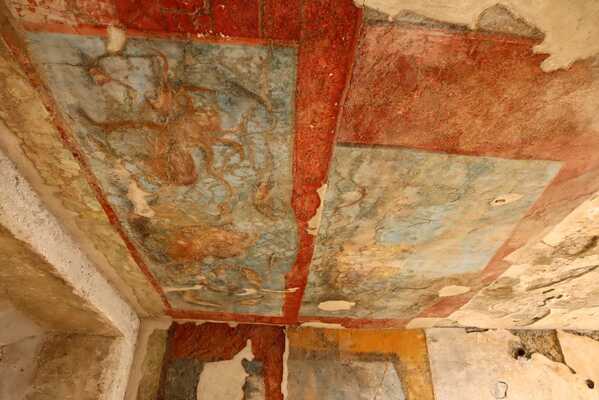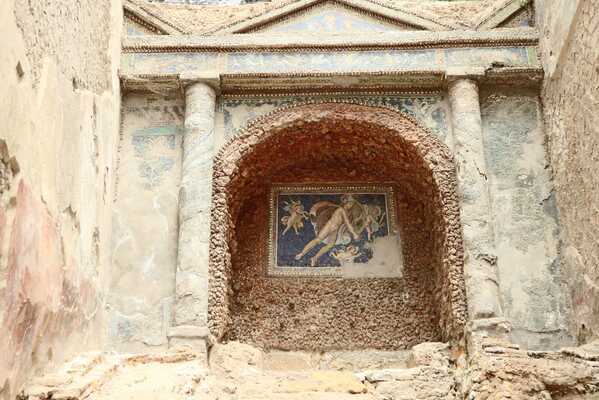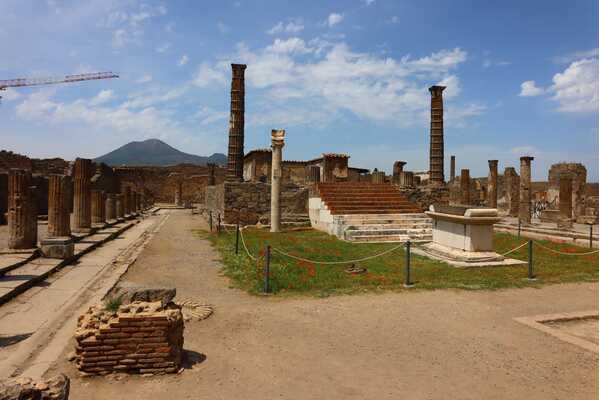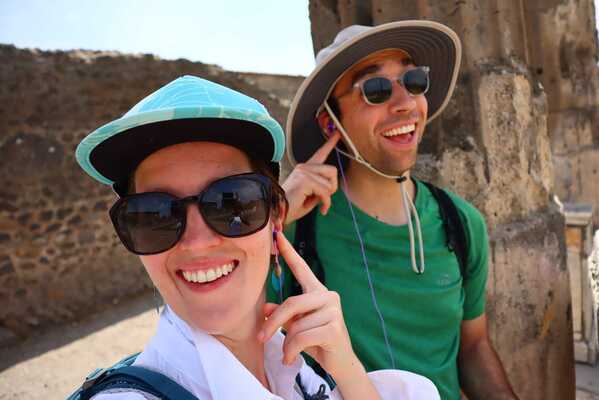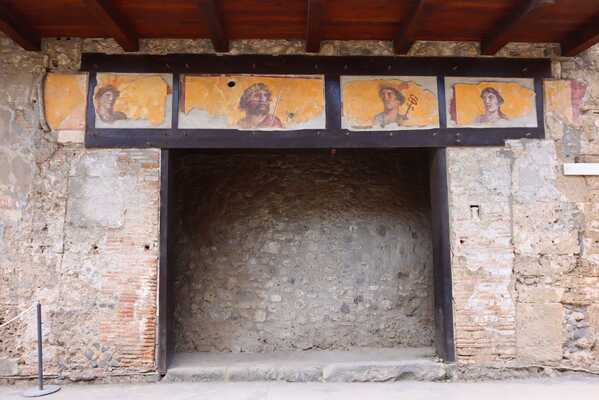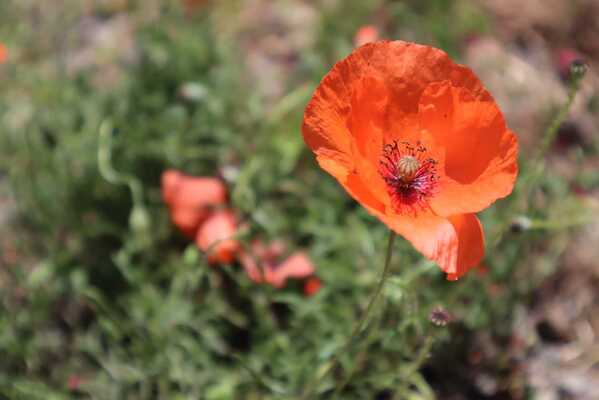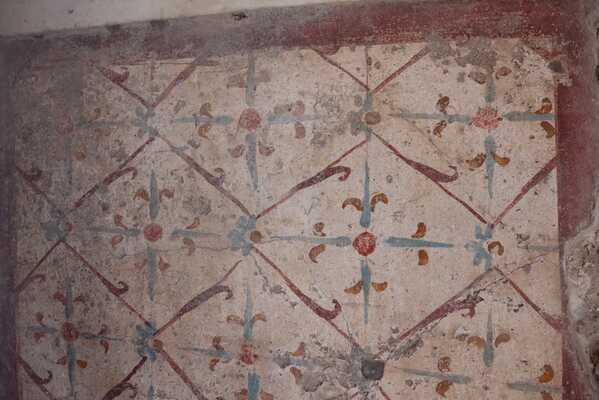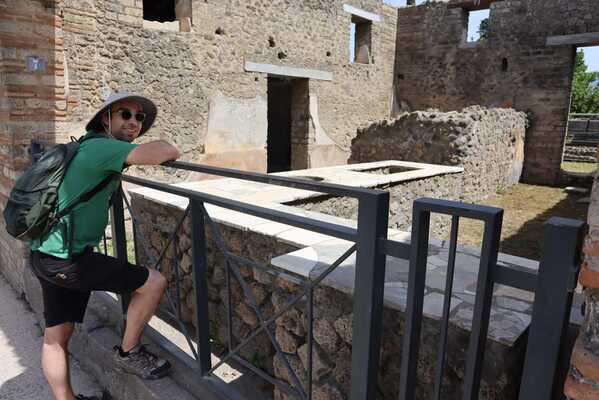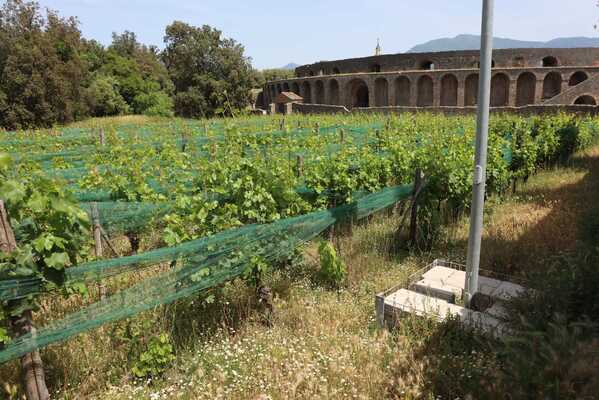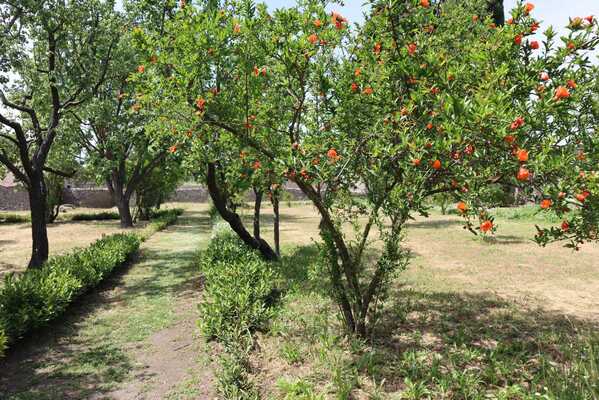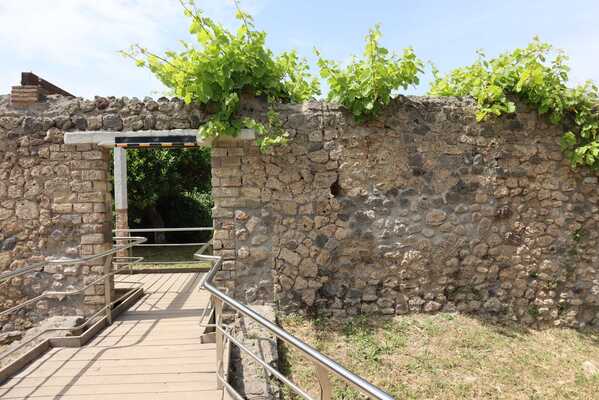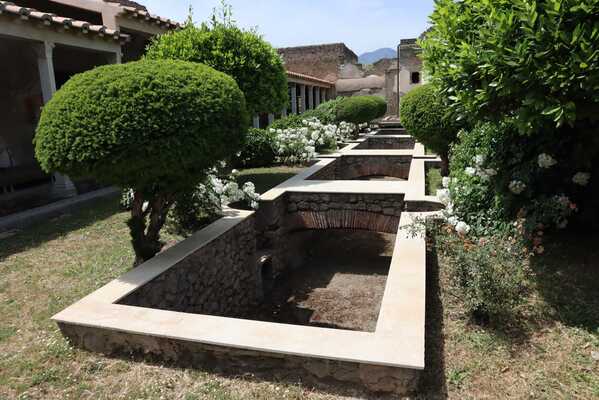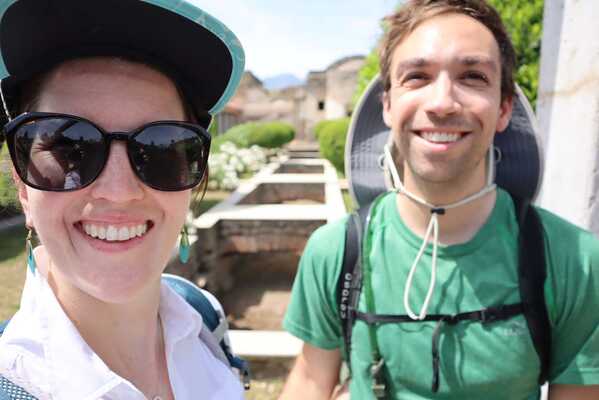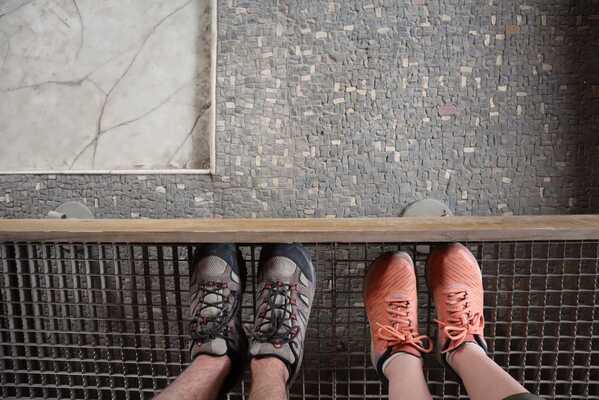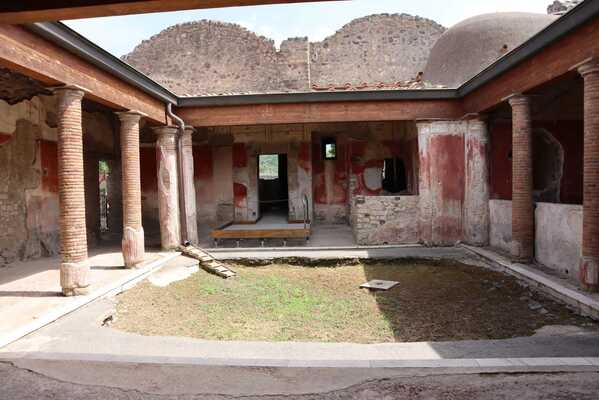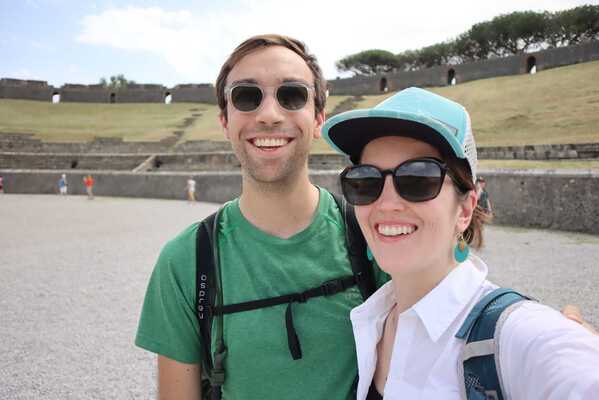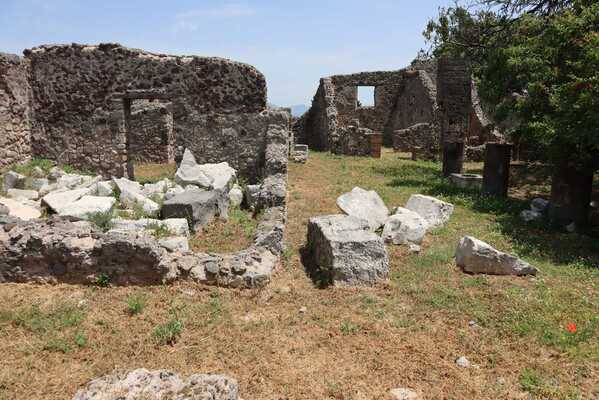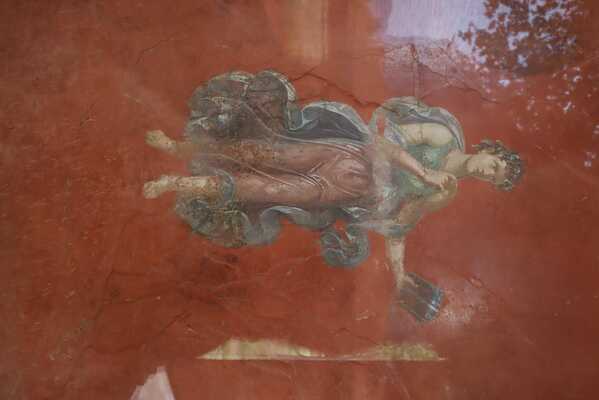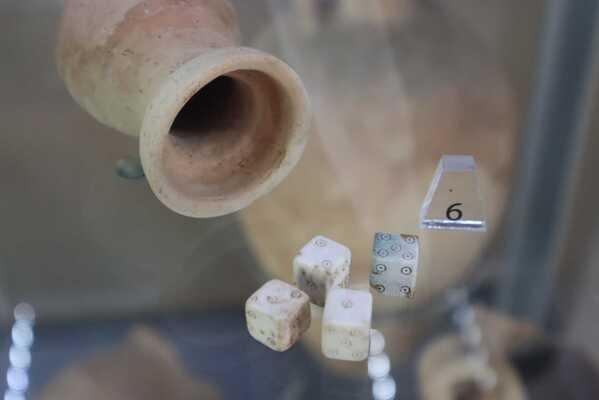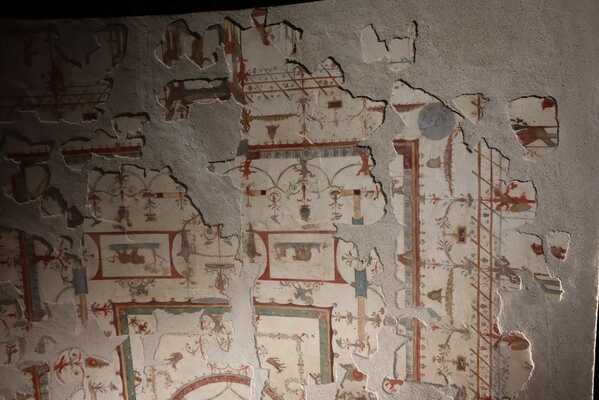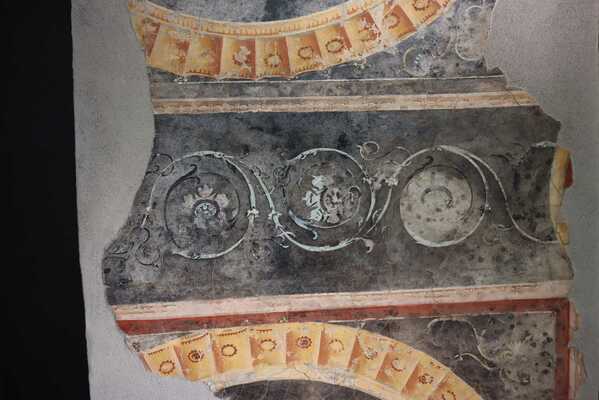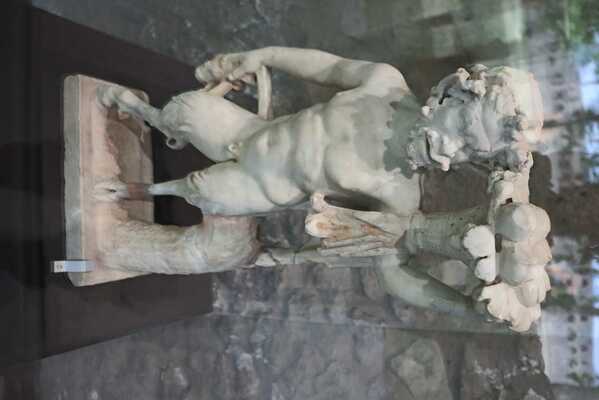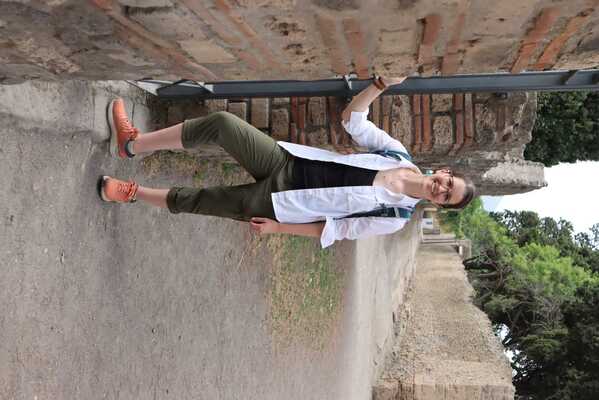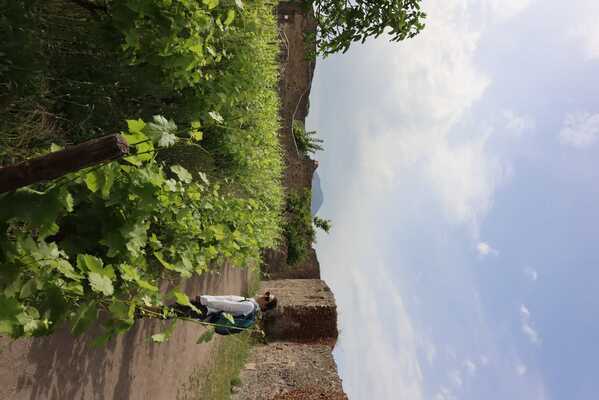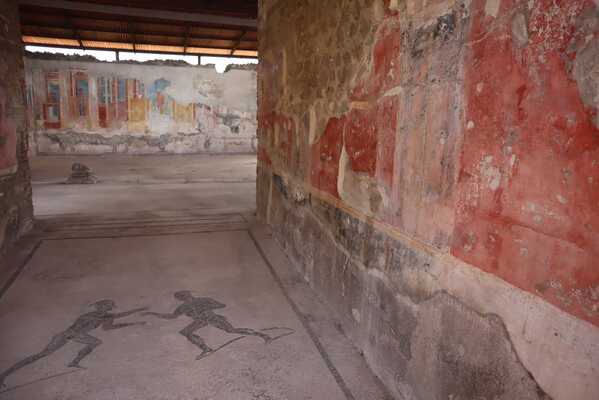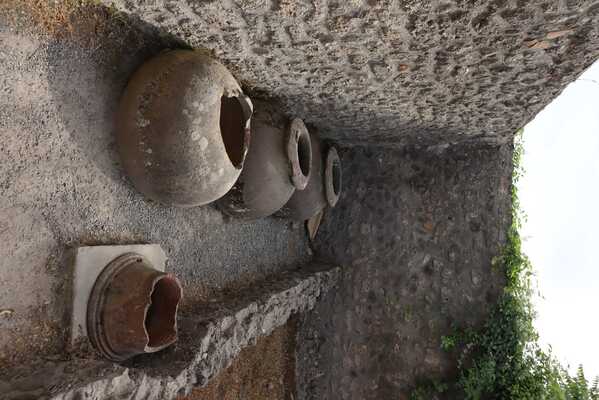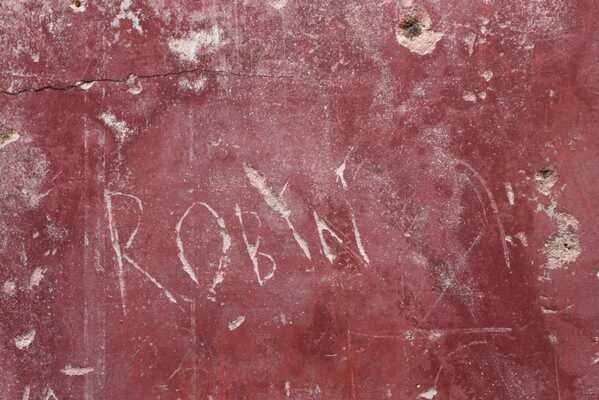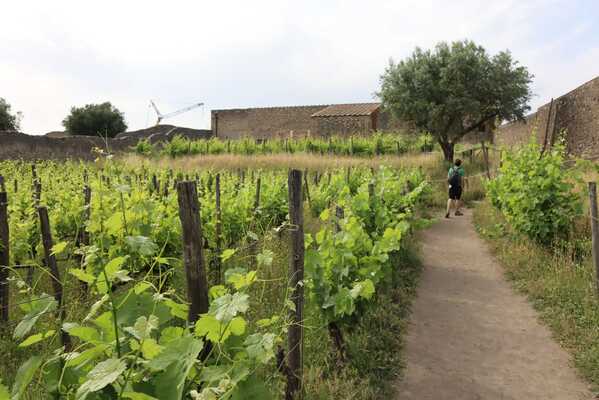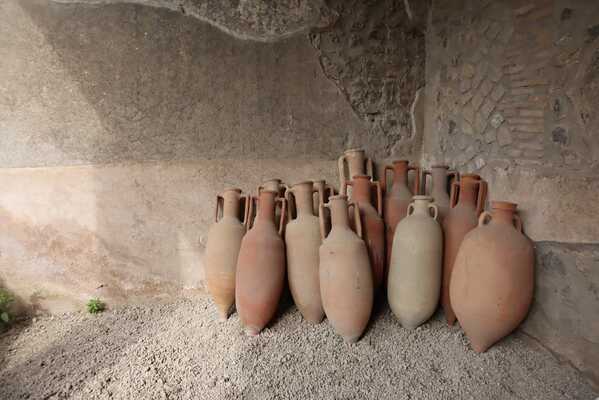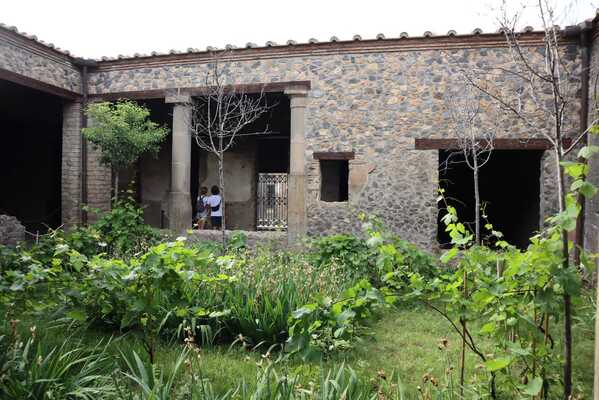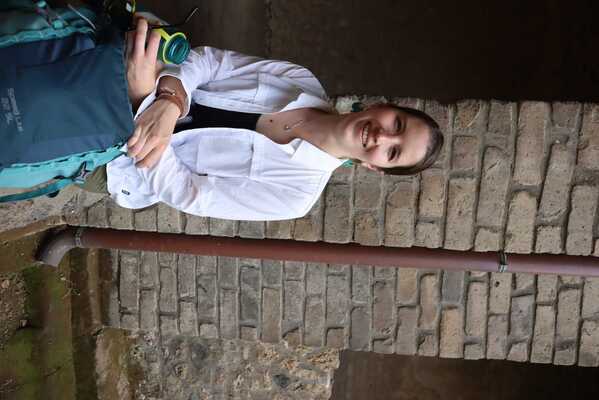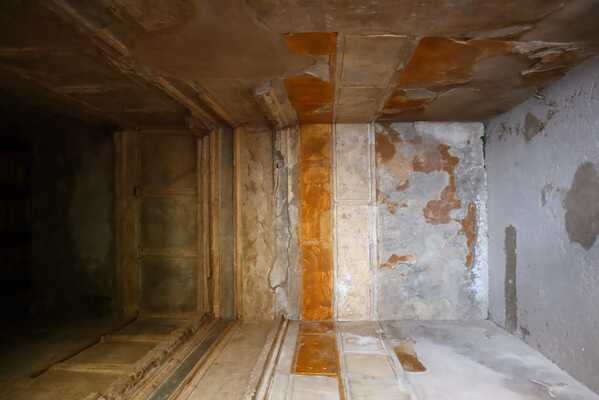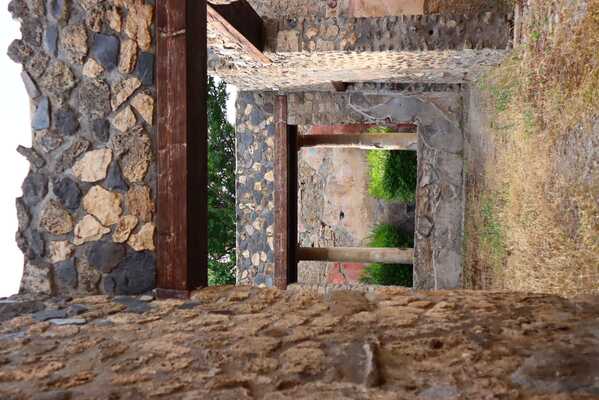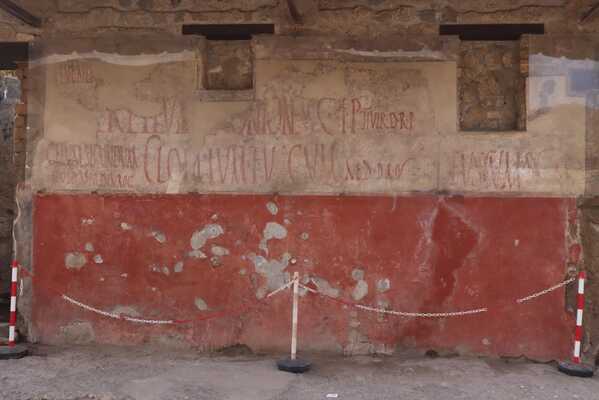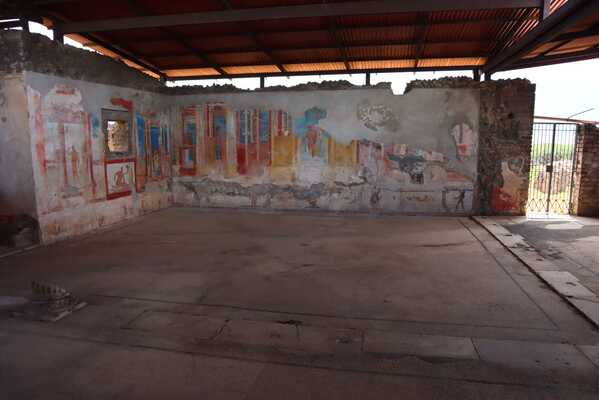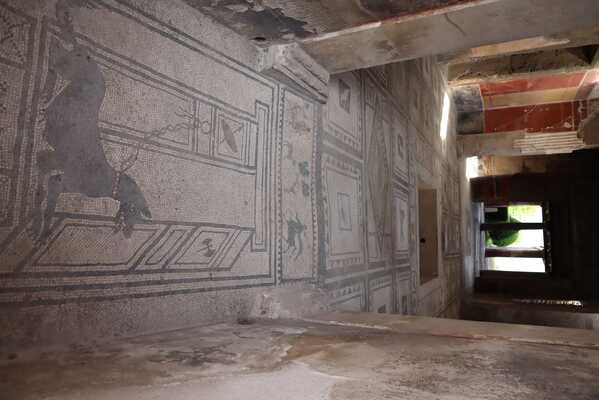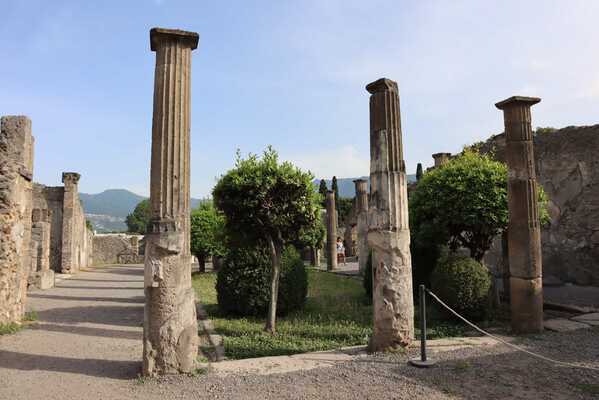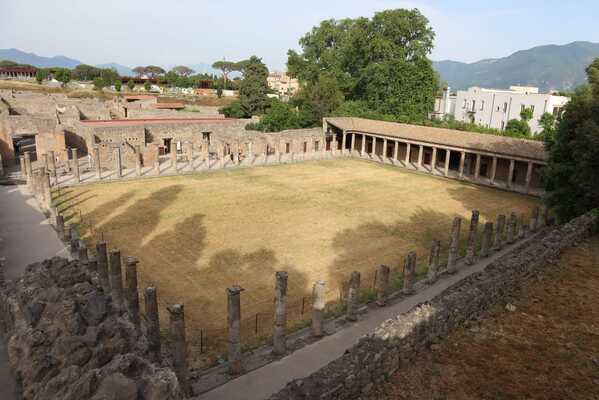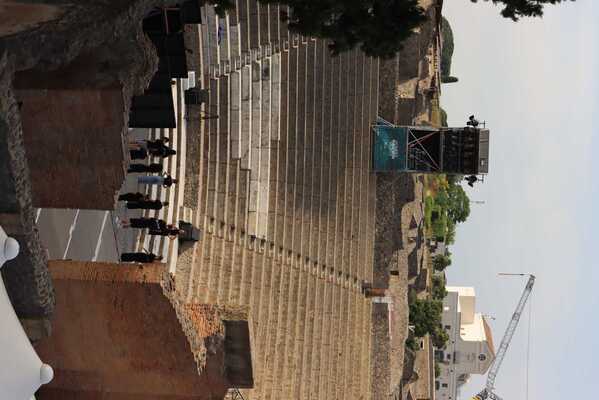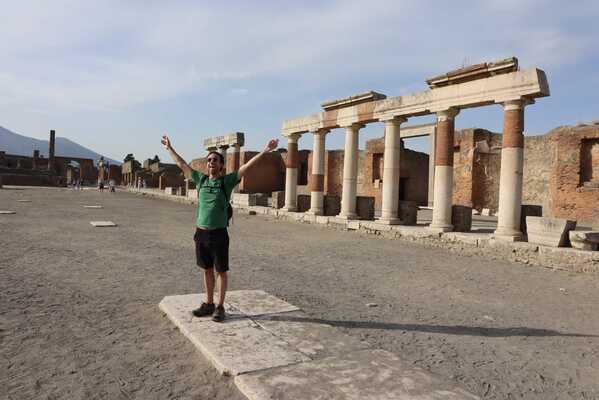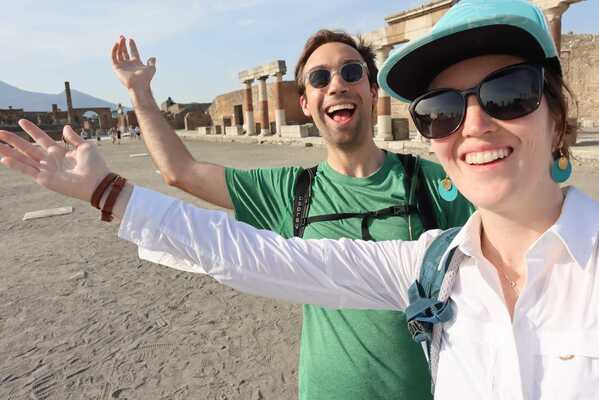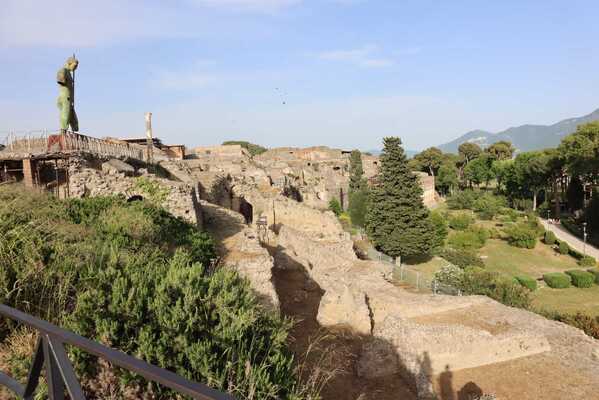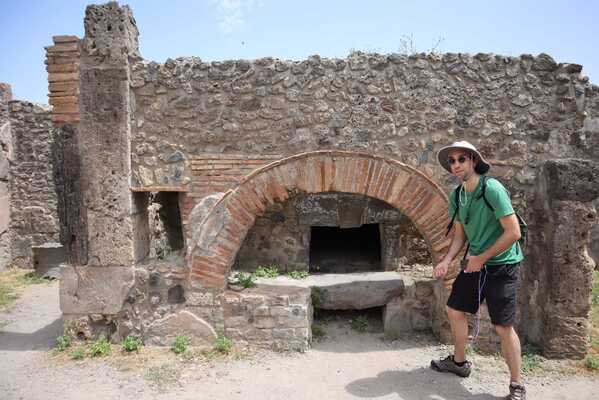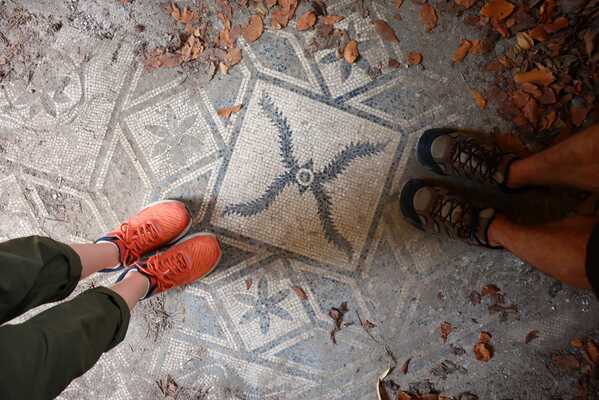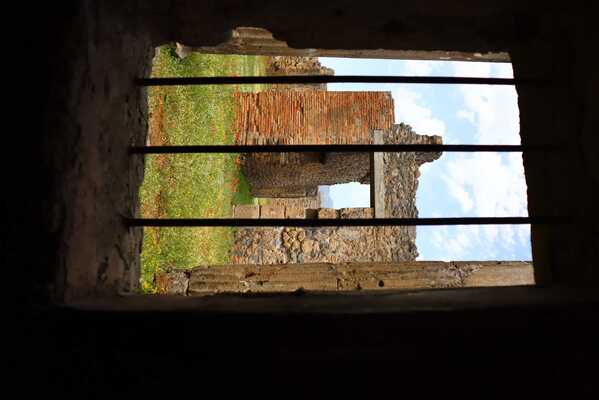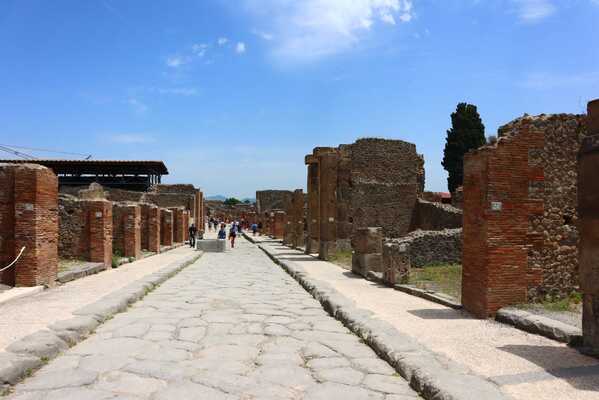Pompeii
Note: Photos are below!
Wednesday was all about Pompeii. A 2-hour train ride from Rome, we made it a day trip.
Everyone knows about the volcano. Mount Vesuvius erupted in August of 79 AD and buried several cities nearby in volcanic ash - including Pompeii. What I didn’t realize is that the eruption came on in stages. First, there were earthquakes, which were common in the area. These got worse and sulfur was found in the drinking water. Then there was the explosion and dark clouds, along with flying rocks and raining ash. Then a poisonous gas was released that instantly killed everything within a 10 km (7.1 miles) radius. Then, the ash continued and buried the city.
Romans didn’t have any recorded volcanic activity, so they had no idea what was happening and how dangerous it was. However, most of the city was able to evacuate. The people who died in Pompeii were hold-outs as the eruption got worse or slaves of holdouts who weren’t able to leave. And they died mainly from the poisonous gas, as opposed to anything else. In a city of 12,000 people, archeologists estimate that 1,200 died from the eruption. For the rest, the Emperor funded numerous neighborhoods and facilities (bathhouses, bars, union centers for freed slaves) to be built in nearby towns, from Naples to beyond. They set up funds to help people get re-started with businesses and gave out food. They couldn’t dig the city out, as volcanic ash is 10x denser than snow, it was an impossible task. So they relocated everyone instead. Very little is written of it, speculation says that this is from trauma and the instinct to be silent post-incident. We listened to chapters about Pompeii from the book Four Lost Cities by Annalee Newitz on the train down and back, which provided most of this rich historical context.
With this context, we walked around one of the most intact Roman cities on the planet. Only about 30% of the city is dug out and excavated. Many of the most impressive frescoes are in a museum in Naples, which we will visit in the future! However, walking around the city was incredible, really thinking about how a city is constructed, and as Newitz focuses on in their book, how the city was focused on street life.
Pompeii was also an incredibly diverse city. It had residents from around the Mediterranean, from Tunisia to Egypt to Spain to Northern Italy. The languages and art were diverse. And it had an entire class of middle-income workers: predominantly freed slaves. In Rome, slaves were treated much better than in the US, as they were your workers. If they achieved freedom, then their businesses would be tied to your family’s wealth and so there was also an economic incentive to treat these people well and free them. About 30% of the population were either slaves or liberty (freed slaves). And these folks gained economically and started to gain political power, and had their own social norms. Elite Roman rulers were not fans of this, as it was an unsettling of power. But, nonetheless, this exciting social change was happening in Pompeii at this time.
A couple of interesting observations:
- The road was several inches below the sidewalk, with crosswalks of raised stones for pedestrians to cross without stepping in the sewage of the street
- Most villas had storefronts they rented out or had their liberties (freed slaves who were tied to the family) run businesses from. There’s a small entryway into the internal garden and rooms off of that central garden. Often 2-3 story villas literally sitting on the stores that made these rich families even wealthier
- Many many of the frescos included sexual or graphic images, as sex was pretty normalized. Penises were also not taboo, and there were lots of penis depictions
- Most houses had mosaics in the entryway, often depicting a dog or plant. These were almost like doormats
- There are casts of people who died there, shown throughout the city. The volcanic ash buried people, but then solidified on top. The human and animal remains disintegrated over time, leaving gaps. Archeologists pour plaster into these gaps to see the position, and even facial expression, of the person’s last moments. It is incredibly weird to see these reconstructed bodies of people’s last moments. You can tell the fear in many, parents clutching children, teenagers cowering. It is still an ethical debate in the museum space about whether you should actually show human remains, from corpses to mummies, to paying customers and tourists. I personally believe that we should respect the dead, and not show their bodies, as they were people too. Using replicas and labeling this, or digital images would be enough. However, it was incredibly intense to see this in real life, knowing this person died there 2,000 years ago.
- One woman, Julia Felix, was a particularly successful entrepreneur. At the time, women could only run businesses if they had already had 3 children and if they were doing this with a male guardian. Newitz, who discusses Julia in depth, explains that it was likely that Julia was a widow who saw a smart business opportunity in the earthquake 7 years before with the damaged buildings leading to the lack of baths and spaces for convening. She turned an entire city block into a business: a tabernacle to eat, bathhouse and a private garden accessible with a membership, a hotel, and storefronts to rent adjoined by small rooms for those storefront owners. It was one of the open buildings and truly incredible to tour.
- Theater was a BIG DEAL. There were big and small theaters. Theater groups who performed at people’s houses. And it was clear in the structure of the city that they had an entire theater district
- There are a lot of stray cats wandering the city, we personally saw three. It was so nice to pet a cat and hang out, a reminder of what is similar across continents - human/feline interactions.
Of course, we bought a new camera for the trip (shout out to B&H Photo), and it was incredible to use here. We were snapping photos, playing with settings, and just generally excited.
As we were getting an audio headset, an older British couple had forgotten their IDs, so we opted to put our ID down and they use their credit card as the deposit to get headsets at the same time (which was actually a smartphone with an app). Of course, we had to coordinate returning them at the same time, so we ended up walking up and down Via dell’Abbondanza several times, with actual business and experience to meet them. It did feel a little like we were Pompeiians, with a purpose, walking up and down the major street, to get to our destination.

